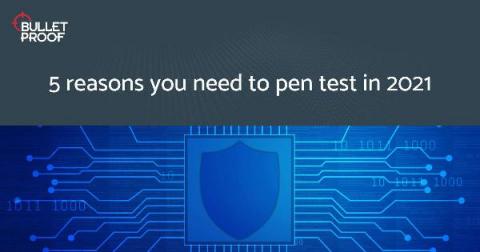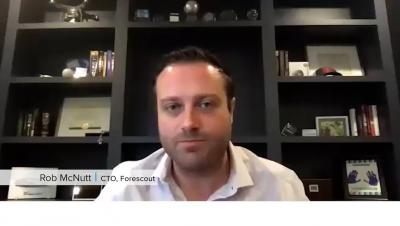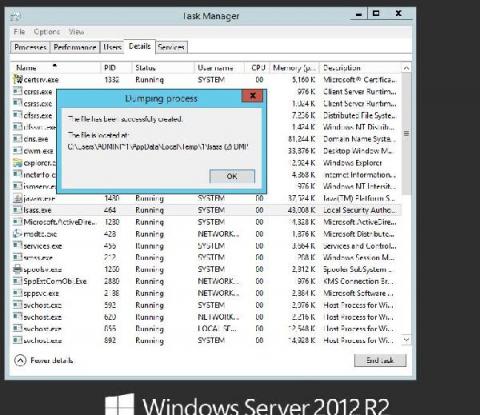Five worthy reads: Supply chain cyberwarfare
Five worthy reads is a regular column on five noteworthy items we’ve discovered while researching trending and timeless topics. This week we are exploring the concept of supply chain cybersecurity in a time when there is a rising number of third-party cyberattacks.











